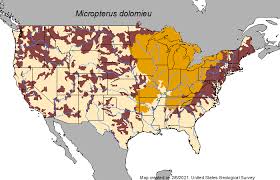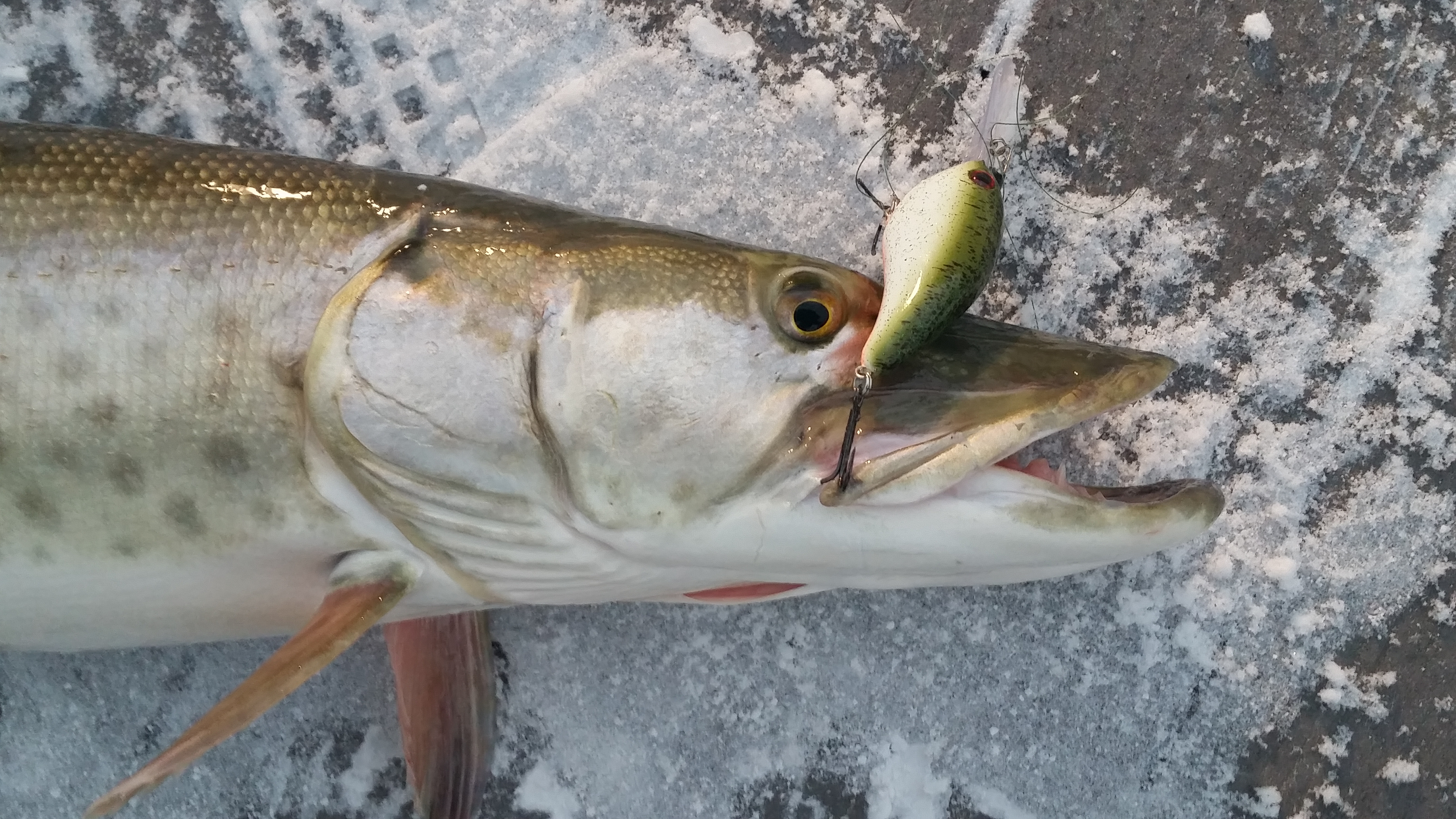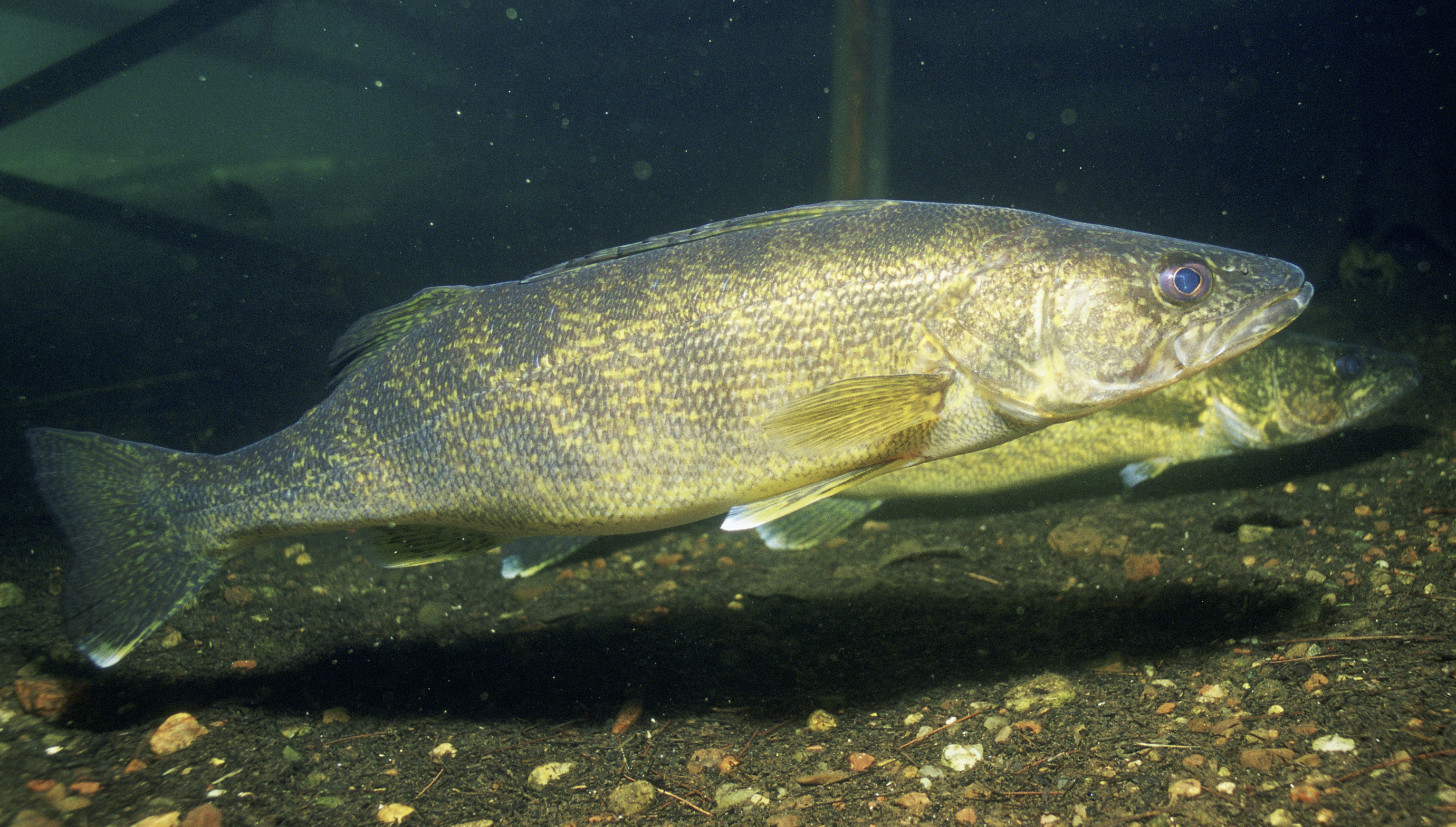|
Mona Lake
Mona Lake is a freshwater lake located in Norton Shores just outside the city of Muskegon in the U.S. state of Michigan ( Muskegon County). Mona Lake is a sandy bottom lake that flows into Lake Michigan via the Mona Lake channel. History During the mid to late 1800s the lake had numerous lumber mills. Most prominent of these was Ferry's Mill. This mill was owned by Grand Haven's Ferry family. Fishing The lake is an exceptional fishery for big walleyes, black crappie, bluegill, channel catfish, largemouth bass, muskellunge (muskie), northern pike, smallmouth bass, white bass The white bass, silver bass, or sand bass (''Morone chrysops'') is a freshwater fish of the temperate bass family Moronidae. commonly around 12–15 inches long. The species' main color is silver-white to pale green. Its back is dark, with whit ..., salmon, and yellow perch. There is a public access boat launch with hard-surface ramps on the north shore via Mona Lake Park. Mona Lake Park features ... [...More Info...] [...Related Items...] OR: [Wikipedia] [Google] [Baidu] |
Freshwater Lake
A lake is often a naturally occurring, relatively large and fixed body of water on or near the Earth's surface. It is localized in a basin or interconnected basins surrounded by dry land. Lakes lie completely on land and are separate from the ocean, although they may be connected with the ocean by rivers. Lakes, as with other bodies of water, are part of the water cycle, the processes by which water moves around the Earth. Most lakes are fresh water and account for almost all the world's surface freshwater, but some are salt lakes with salinities even higher than that of seawater. Lakes vary significantly in surface area and volume of water. Lakes are typically larger and deeper than ponds, which are also water-filled basins on land, although there are no official definitions or scientific criteria distinguishing the two. Lakes are also distinct from lagoons, which are generally shallow tidal pools dammed by sandbars or other material at coastal regions of oceans or large ... [...More Info...] [...Related Items...] OR: [Wikipedia] [Google] [Baidu] |
Black Crappie
The black crappie (''Pomoxis nigromaculatus'') is a freshwater fish in the sunfish family ( Centrarchidae). It is endemic to North America, one of the two types of crappies. It is very similar to the white crappie (''P. annularis'') in size, shape, and habits, except that it is darker, with a pattern of black spots. Alternate names for the species include calico bass, speck, speckled perch, speckled bass, moonfish, grass bass, strawberry bass, shiner, crawpie, oswego bass, sac-a-lait, and marigane noire. Taxonomy ''Pomoxis'', the genus name, is Greek: "poma, -atos" and "oxys" meaning sharp operculum. This references the fish's spined gill covers. The species name, ''nigromaculatus'', is derived from Latin and means "black-spotted". Description Black crappies are most accurately identified by the seven or eight spines on its dorsal fin (white crappies have five or six dorsal spines). Crappies have a deep and laterally compressed body. They are usually silvery-gray to green in ... [...More Info...] [...Related Items...] OR: [Wikipedia] [Google] [Baidu] |
Ross Park (Norton Shores)
Ross Park may refer to: * Ross Memorial Park and Alexandre Stadium, a combined multi-purpose outdoor athletic facility in North Franklin Township, Pennsylvania * Agustín Ross Park, a park founded by Agustín Ross in Pichilemu, Chile {{disambig ... [...More Info...] [...Related Items...] OR: [Wikipedia] [Google] [Baidu] |
Yellow Perch
The yellow perch (''Perca flavescens''), commonly referred to as perch, striped perch, American perch or preacher is a freshwater perciform fish native to much of North America. The yellow perch was described in 1814 by Samuel Latham Mitchill from New York. It is closely related, and morphologically similar to the European perch (''Perca fluviatilis''); and is sometimes considered a subspecies of its European counterpart. Latitudinal variability in age, growth rates, and size have been observed among populations of yellow perch, likely resulting from differences in day length and annual water temperatures. In many populations, yellow perch often live 9 to 10 years, with adults generally ranging in length. The world record for a yellow by weight is , and was caught in May 1865 in Bordentown, New Jersey, by Dr. C. Abbot. It is the longest-standing record for a freshwater fish in North America. Description The yellow perch has an elongate, laterally compressed body with a subte ... [...More Info...] [...Related Items...] OR: [Wikipedia] [Google] [Baidu] |
White Bass
The white bass, silver bass, or sand bass (''Morone chrysops'') is a freshwater fish of the temperate bass family Moronidae. commonly around 12–15 inches long. The species' main color is silver-white to pale green. Its back is dark, with white sides and belly, and with narrow dark stripes running lengthwise on its sides. It has large, rough scales and two dorsal fins. They are widely distributed across North America, inhabiting large reservoirs and rivers. When mating in the spring, they are more often found in shallow rivers, creeks, and streams. They have been introduced in some places as sport fish and also to predate on nuisance fish, such as gizzard shad. It is the state fish of Oklahoma. Range White bass are distributed widely across the United States, especially in the Midwest. They are very abundant in Pennsylvania and the area around Lake Erie. Some native ranges of the white bass are the Arkansas River, western Lake Erie, the Detroit River, and Lake Poinse ... [...More Info...] [...Related Items...] OR: [Wikipedia] [Google] [Baidu] |
Smallmouth Bass
The smallmouth bass (''Micropterus dolomieu'') is a species of freshwater fish in the Centrarchidae, sunfish family (biology), family (Centrarchidae) of the order (biology), order Centrarchiformes. It is the type species of its genus ''Micropterus'' (black basses), and is a popular game fish sought by anglers throughout the temperate zones of North America, and has been spread by fish stocking, stocking —as well as illegal introduced species, introductions—to many cool-water tributaries and lakes in Canada and more so introduced in the United States. The maximum recorded size is approximately and . The smallmouth bass is native to the upper and middle Mississippi River basin, the Saint Lawrence River–Great Lakes system, the Champlain Valley, and the Hudson Bay basin. Its common names include smallmouth, bronzeback, brown bass, brownie, smallie, bronze bass, and bareback bass. Description Smallmouth have a slender but muscular fusiform body shape making them powerful ... [...More Info...] [...Related Items...] OR: [Wikipedia] [Google] [Baidu] |
Northern Pike
The northern pike (''Esox lucius'') is a species of carnivorous fish of the genus ''Esox'' (pikes). They are commonly found in brackish water, moderately salty and fresh waters of the Northern Hemisphere (''i.e.'' holarctic in distribution). They are known simply as a pike (Plural, : pike) in Great Britain, Ireland, most of Eastern Europe, Canada and the United States, U.S., although in the Midwestern United States, they may just be called a Northern. Pike can grow to a relatively large size. Their average length is about , with maximum recorded lengths of up to and maximum weights of . The International Game Fish Association, IGFA currently recognises a pike caught by Lothar Louis on Greffern Lake, Germany, on 16 October 1986, as the all-tackle world-record holding northern pike. Northern pike grow to larger sizes in Eurasia than in North America, and in coastal Eurasian regions than inland ones. Etymology The northern pike gets its common name from its resemblance to the ... [...More Info...] [...Related Items...] OR: [Wikipedia] [Google] [Baidu] |
Muskellunge
The muskellunge (''Esox masquinongy''), often shortened to muskie, musky, ski, or lunge, is a species of large freshwater predatory fish native to North America. It is the largest member of the pike family, Esocidae. Origin of name The name "muskellunge" originates from the Ojibwe words ''maashkinoozhe'' meaning "great fish", ''mji-gnoozhe,'' ''maskinoše'', or ''mashkinonge,'' meaning "bad pike", "big pike", or "ugly pike" respectively. The Algonquin word ''maskinunga'' is borrowed into the Canadian French words ''masquinongé'' or ''maskinongé''. In English, before settling on the common name "muskellunge", there were at least 94 common names applied to this species, including but not limited to: ''muskelunge'', ''muscallonge'', ''muskallonge'', ''milliganong'', ''maskinonge'', ''maskalonge'', ''mascalonge'', ''maskalung'', ''muskinunge'' and ''masquenongez''. Description Muskellunge closely resemble other esocids such as the northern pike (''Esox lucius'') and Ame ... [...More Info...] [...Related Items...] OR: [Wikipedia] [Google] [Baidu] |
Largemouth Bass
The largemouth bass (''Micropterus nigricans'') is a carnivorous, freshwater fish, freshwater, ray-finned fish in the Centrarchidae (sunfish) family, native to the eastern United States, eastern and central United States, southeastern Canada and northern Mexico. It is known by a variety of regional names, such as the widemouth bass, ''bigmouth bass'', ''black bass'', ''largie'', Potter's fish, Florida bass or ''Florida largemouth'', ''green bass'', bucketmouth bass, ''green trout'', growler, Gilsdorf bass, Oswego bass, LMB, and southern largemouth and northern largemouth. The largemouth bass, as it is known today, was first described by French naturalist Georges Cuvier in 1828. A recent study concluded that the correct scientific name for the Florida bass is ''Micropterus salmoides'', while the largemouth bass is ''Micropterus nigricans''. It is the largest species of the black bass, with a maximum recorded length of and an unofficial weight of . The largemouth bass is the Lis ... [...More Info...] [...Related Items...] OR: [Wikipedia] [Google] [Baidu] |
Channel Catfish
The channel catfish (''Ictalurus punctatus''), known informally as the "channel cat", is a species of catfish native to North America. They are North America's most abundant catfish species, and the official state fish of Kansas, Missouri, Nebraska and Tennessee. The channel catfish is the most fished species of catfish in the United States, with around 8 million anglers angling them per year. The popularity of channel catfish for food has contributed to the rapid expansion of this species' aquaculture in the United States. It has also been widely introduced to Europe, Asia and South America, and many countries consider it an invasive species. Evolution The channel catfish appears to be a rather old species that has persisted for nearly 20 million years, as fossil remains assigned to it are abundant in numerous geological formations of central North America from the Miocene onwards. Fossil remains of the channel catfish are known from the Sheep Creek, Runningwater, Valentin ... [...More Info...] [...Related Items...] OR: [Wikipedia] [Google] [Baidu] |
Bluegill
The bluegill (''Lepomis macrochirus''), sometimes referred to as "bream", "brim", "sunny", or, in Texas, "copper nose", is a species of North American freshwater fish, native to and commonly found in streams, rivers, lakes, ponds and wetlands east of the Rocky Mountains. It is the type species of the genus ''Lepomis'' (true sunfish), from the family (biology), family Centrarchidae (sunfishes, crappies and black basses) in the order (biology), order Centrarchiformes. Bluegills can grow up to long and about . While their color can vary from population to population, they typically have a very distinctive coloring, with deep blue and purple on the face and gill cover, dark olive-colored bands down the side, and a fiery orange to yellow belly. They are omnivorous and will consume anything they can fit in their mouth, but mostly feed on small aquatic insects and baitfishes. The fish are important prey for bass (fish), bass, other larger Centrarchidae, sunfish, northern pike and musk ... [...More Info...] [...Related Items...] OR: [Wikipedia] [Google] [Baidu] |
Walleye
The walleye (''Sander vitreus'', Synonym (taxonomy), synonym ''Stizostedion vitreum''), also called the walleyed pike, yellow pike, yellow pikeperch or yellow pickerel, is a freshwater perciform fish native to most of Canada and to the Northern United States. It is a North American close relative of the European zander, also known as the pikeperch. The walleye is sometimes called the yellow walleye to distinguish it from the blue walleye, which is a color morph that was once found in the southern Ontario and Quebec regions, but is now presumed extinct. However, recent genetic analysis of a preserved (frozen) 'blue walleye' sample suggests that the blue and yellow walleye were simply phenotypes within the same species and do not merit separate taxonomic classification. In parts of its range in English-speaking Canada, the walleye is known as a pickerel, though the fish is not related to the true Esox, pickerels, which are members of the family ''Esocidae''. It is also sometimes c ... [...More Info...] [...Related Items...] OR: [Wikipedia] [Google] [Baidu] |







